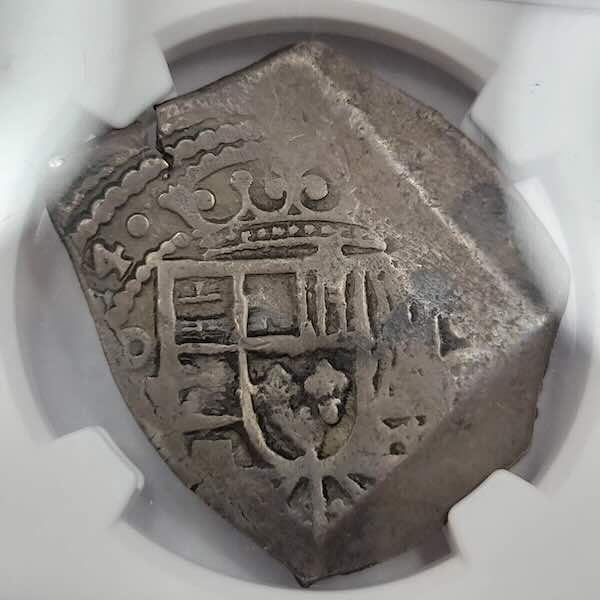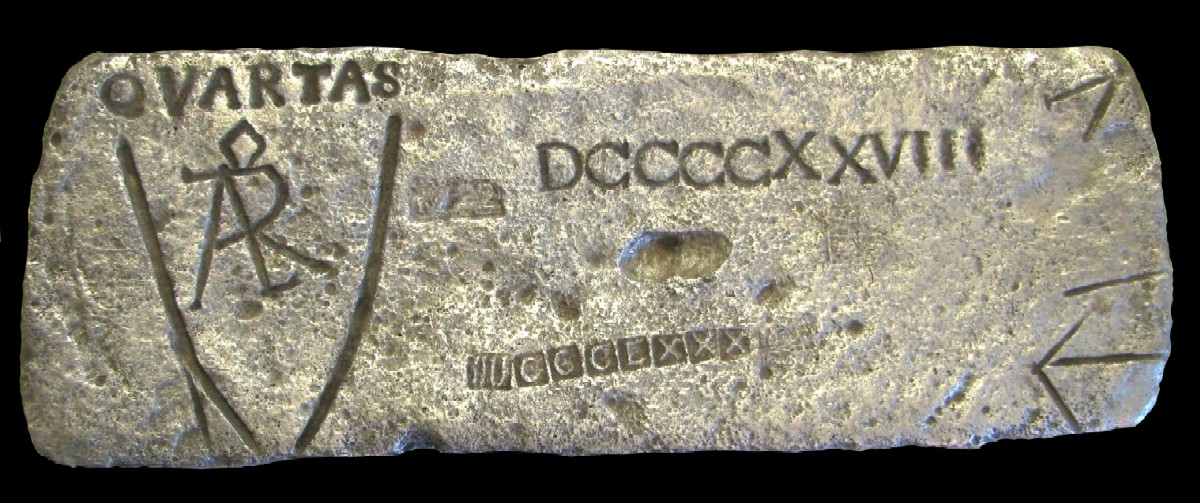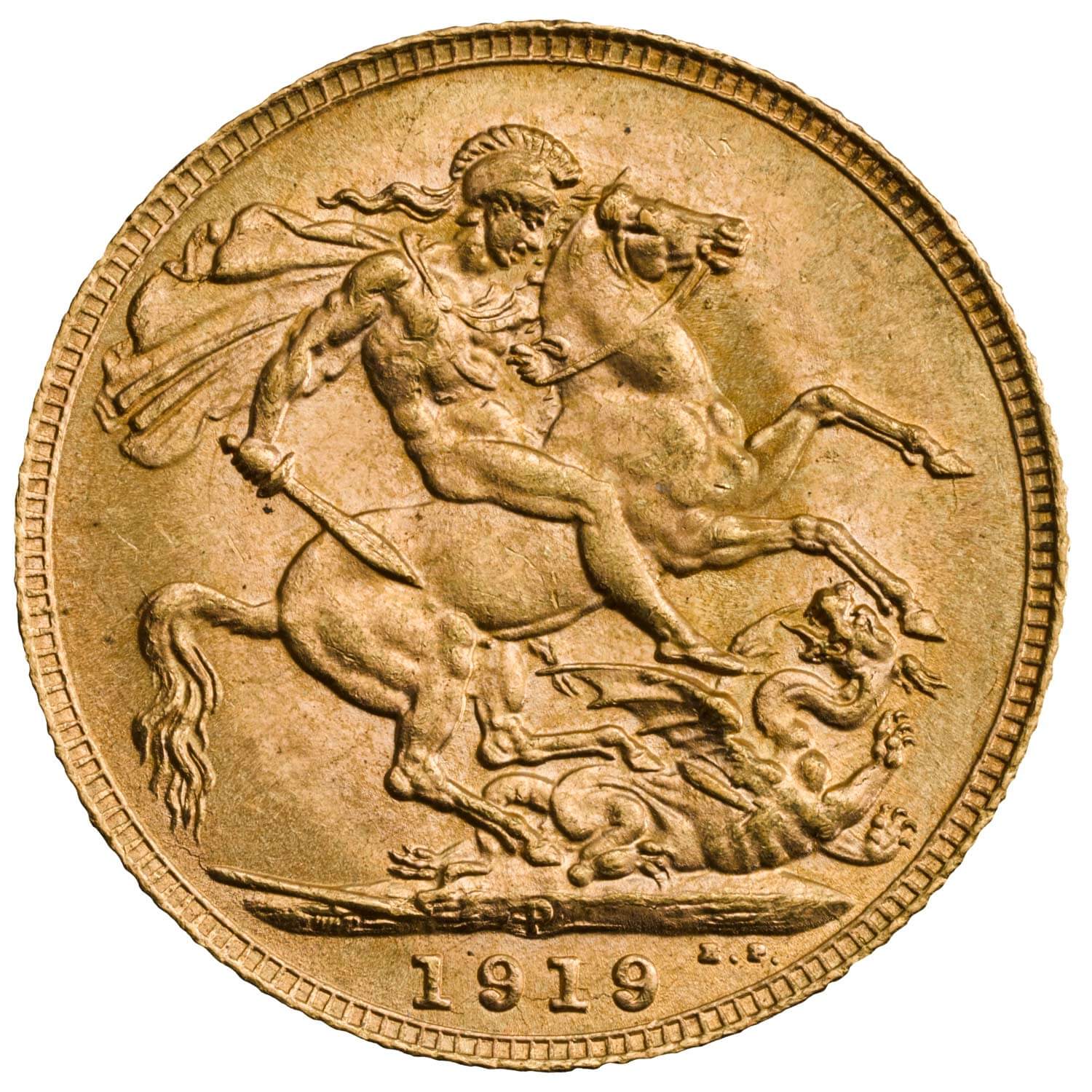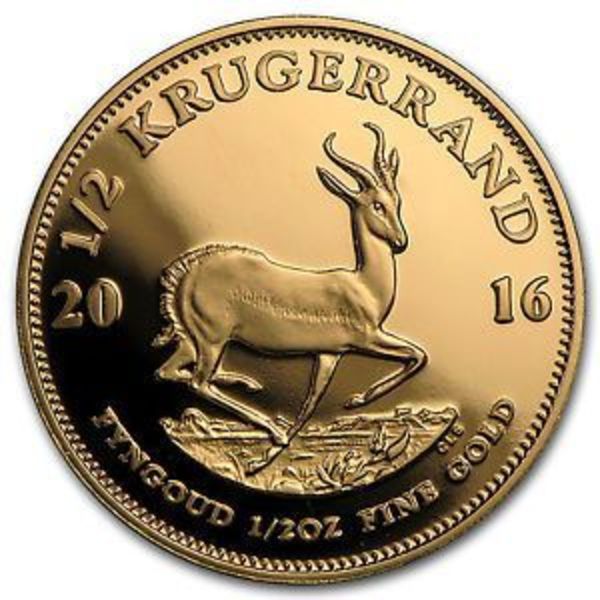Unearthing the Treasures of the 1715 Fleet: A Tale of Recovery and Mystery
The recovery of 37 stolen gold coins from the 1715 Fleet shipwrecks off Florida’s Treasure Coast has reignited interest in one of history’s most remarkable maritime disasters.
These coins are part of the Spanish fleet that met a tragic fate in a hurricane on July 31, 1715, valued at over $1 million.
The 1715 Fleet was carrying gold, silver, and precious jewels from the New World back to Spain when disaster struck. Despite efforts to recover the treasures in the immediate aftermath, much of the bounty remained lost beneath the waves for centuries.
The 1715 Fleet
The 11 Spanish ships of the 1715 Fleet departed from Havana, Cuba, bound for Spain. The ships were carrying the aggregate of immense wealth accumulated from the Central and South American Colonies.
The ships sailed directly into a hurricane off the coast of present-day Florida, leading to one of the most significant maritime disasters of the era. The ships sank near the Treasure Coast, an area aptly named for the sunken riches scattered across the seabed.

Value: $1,500 to $2,000
Although the Spanish salvaged some of the treasure soon after the wreck, vast amounts remained buried. Modern recovery efforts began in earnest in the 20th century, uncovering gold doubloons, silver reales, and ornate jewelry.
Notable finds include gold coins minted in Lima, Peru, between 1697 and 1712, and a unique piece mistakenly stamped with a silver coin die, earning it the moniker “Holy Grail coin.”
Recent Recovery and Stolen Treasure
2015, the Schmitt family was hired to help recover 101 gold coins from the wrecks. However, only 51 of these coins with the State, which is required for all treasure found within three-miles of the Florida coastline.
Florida enforces stringent measures to ensure the protection of treasures recovered off its coastline and enforces stringent measures to prosecute.
Under the Federal Admiralty Law, the state’s jurisdiction extends to all waters within a three-mile coastal limit and controls the recovery of historical artifacts.
While 51 gold coins were registered, 50 additional coins were not. Digital forensics linked a family member to online sales in 2023 and 2024.
So far, investigators have recovered 37 coins from private residences, safe deposit boxes, auctions, and even the ocean floor, where Schmitt had placed some coins as part of a deceptive scheme.
The “Holy Grail coin,” valued at $50,000, was among the recovered artifacts. Despite these successes, 13 coins remain missing, and the investigation continues.
Treasures of the Fleet
Treasure hunters have recovered a diverse array of valuable items from the wreckage of the 1715 Fleet. Each piece offers a glimpse into the immense wealth extracted from Spain’s colonial holdings in the New World.
Ornate gold chains, emerald-studded crucifixes, and other intricately designed opulent items reveal the artisans’ mastery.
Among the finds are gold coins minted in Lima, Peru, struck in various denominations, the largest of which weighed approximately an ounce.
Another common discovery is silver reales, often called “pieces of eight.”
Silver reales played a significant role in global trade and were a cornerstone of Spanish colonial currency. They remain popular with collectors due to their association with pirate lore.
Searchers have unearthed an array of coins, jewelry, and artifacts. These pieces hold intrinsic value and provide a tangible connection to the cultural and historical richness of the 18th century.
Unrecovered Treasures
While treasure hunters have recovered much of the 1715 Fleet’s wealth, several shipwrecks and their valuable contents remain mysterious.
One such enigma is the San Miguel, a ship believed to have separated from the fleet before the devastating hurricane struck. Theories suggest it may lie about 1.5 miles off Florida’s coast in deeper waters.
The Nuestra Señora de la Regla is another ship with an incomplete story. Although the Spanish partially salvaged it in the years following the disaster, much of its silver and gold cargo remains undiscovered.
Shifting sands and the challenges of deeper waters led hunters to recover part of the treasures of the Urca de Lima, a Dutch-built merchant vessel.
While her manifest primarily included cowhides, chocolate, sassafras, incense, and vanilla, several chests of silver coins are also listed.
Salvage operations have recovered silver bars, two silver wedges, and several cannons around where explorers discovered the Urca de Lima in 1928.
Together, these shipwrecks represent the enduring allure of the 1715 Fleet. Experts speculate that Florida’s Treasure Coast still holds remnants of these ships’ wealth.





